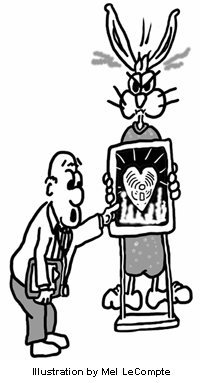
Did you know that you have a built-in alarm system inside of you? Oh yeah, it goes off all hours of the day; sometimes when you least expect it. You might say it is your inner self being expressed. Yes, I am referring to your feelings or, what is most often called, our emotions. Consider this definition:
Feelings are our responses to events which happen to us
What does feelings have to do with helping hurting children? Bunches and bunches, to put it mildly. You see, emotions are the bulk of the grieving process. Where children are concerned, it is up to the caring adult in his/her life to try to get an understanding of how a child responds or, in some cases, doesn’t respond, in order to help them through their loss. So for the next few weeks, we will spend our time talking about feelings.
Let’s start with the importance of validating all feelings.
- Never say to a child, “You shouldn’t feel that way.”
Often times adults may be shocked by what children say as an expression of their feelings. But, what we should do is give him a safe environment in which to express all of his feelings without fear of being put down. In other words, stay “shock-proof” at anything the child might say.
I have to tell you that, as a child, I never felt that my feelings were validated. Nothing against my parents, they did the best they knew how to do. But, back in the “olden days” (I never thought I would be using that term) it was not uncommon for parents to make all the decisions for their child because “I know what is best for you, etc.” As a result, even in the smaller things, my feelings were often not validated. That, of course, led me to being intimated and not freely expressing myself once I became an adult for fear of disapproval and rejection. We learn as we go along, don’t we?
Let me give you one more example that created a stir on the national news. Dan Rather, former CBS anchorman, broke down and tears flowed down his cheeks as he was being interviewed about the September 11 terrorism attack on America in 2001. Dan became the subject on talk shows that a professional man, such as Dan was moved to tears as he talked about thousands of Americans losing their life.
I loved Dan’s response as he watched the video of his so-called “breakdown,” being played on TV. “I’ve been taught to be professional and not let my emotions show. But, I’m only human, the tears flowed, and I don’t apologize for it.” Hurray for Dan!
It made me wonder, “Was he told as a little boy “big boys don’t cry?” “Big boys shouldn’t’ show and tell what they are feeling?’ I think we still live in that day when we push our children, boys and girls, to “take it like a man/woman” instead of validating their feelings, no matter what those feelings are.
2. Validating a feeling is not the same as condoning wrong behavior.
This is where “the rubber meets the road,” as the saying goes. As caring adults, we must validate a child’s emotions, while at the same time correct wrong behavior. There is a big difference between “Okay Feelings” and validating those feelings verses allowing “Wrong Behavior” that could be harmful to him as well as others to continue.
In my children’s workbook, Helping Hurting Children, two chapters are devoted to feelings. One chapter helps the child recognize the many different types of feelings, as well as exercise to name his feelings in given situations. This is followed up by a chapter on expressing those feelings in a way that is pleasing to the Lord. After all, it was He who gave us our feelings; but it was He who also admonishes us to walk in His Image.
**********
Hannah will join me again next week as we continue this series on Understanding Feelings.
In the meantime, tell us your experience with how you have or have not validated your child’s feelings. Remember: we are all in this together to learn.









